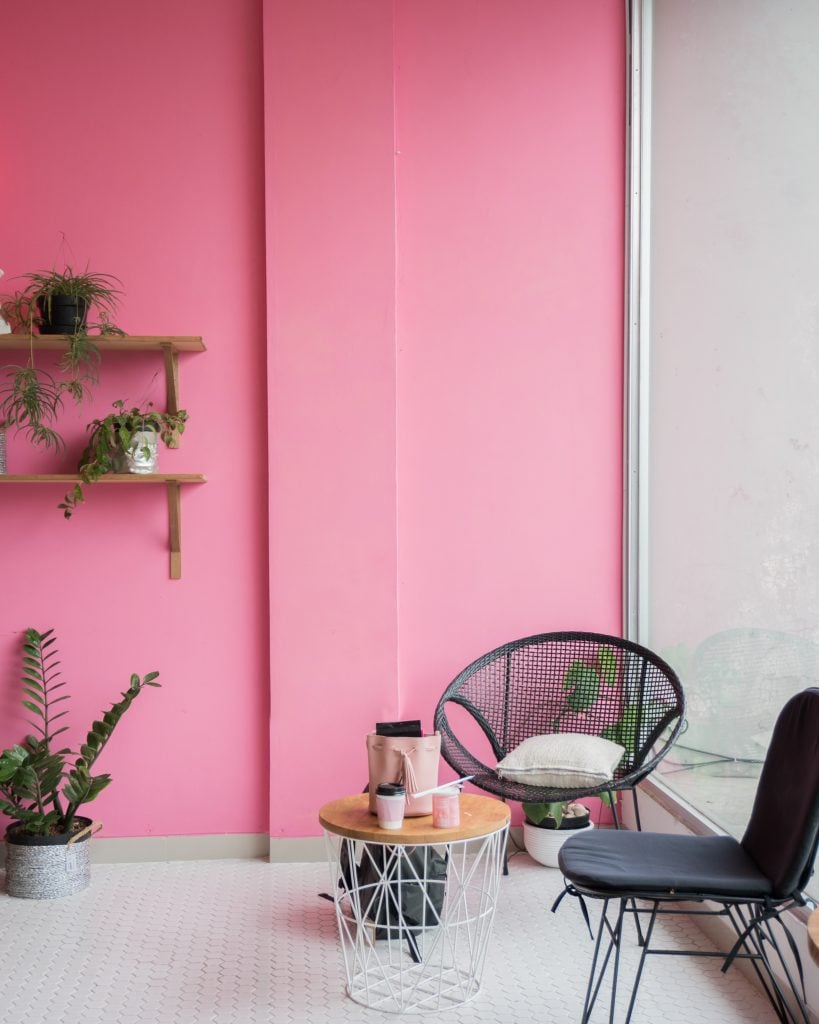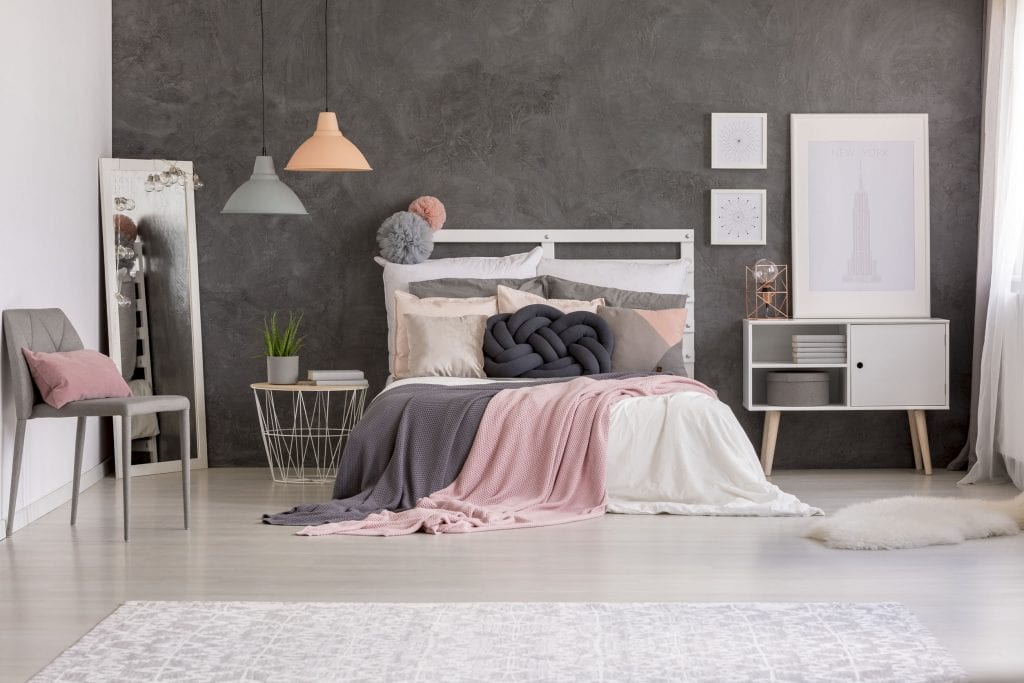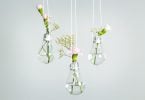There are so many elements of our day that can affect your mood, and many of them may feel like they’re a bit out of your control. Things like social interactions, stress levels, commutes and traffic, work environment, and the temperament of those around you can easily tip the scale for better or worse on how you’re feeling about your day. So what can you control? Your surroundings at home.
Studies have shown that your surroundings can have a strong influence on things such as mood, motivation, creativity, sociability, and stress levels. The good thing is this influence can be leveraged to your advantage, and it’s not hard to take matters into your own hands with a few simple things to consider when making interior design choices.

Color
Color is one of the easiest things to implement to make a change in your space. Whether it’s a few coats of paint, an update in furniture or upholstery, or simply rearranging seating (facing out a window to views of greenery and nature is shown to reduce mental fatigue and increase the ability to pay attention, for example), it can be easy to bring a new mood into your space by focusing on color.
Different colors bring different qualities, so which should you choose? Here are a few to consider:
- Red – Passion, high energy. Great for dining rooms or bedrooms.
- Orange – Creativity, communication. Great for adding accents in any room.
- Yellow – Mental stimulation, cheerfulness. Great for kitchens, but not recommended for bedrooms.
- Green – Harmony, safety, peace. Recommended for bedrooms, bathrooms, offices, or accents in any room.
- Blue – Confidence, trust. Another great color for accents around the home.
- Purple – Romance, luxury, motivation. Recommended for bedrooms.
- Black – Power, independence. Black is perfect for accents such as picture frames, lampshades, and throw pillows.
- Brown – Stability. Add brown to your living room for a sense of groundedness.
- White – Vibrancy. White feels nice and clean when used in accents, but be careful not to go overboard, or your room risks feeling cold and sterile.
Of course, this is just a starting point. Play with color combinations and see how they make you feel. If you’re feeling a bit overwhelmed, enlist the support of and online interior design service to help you create the best space possible.

Lighting
One of the most important and impactful design elements is the lighting. Inadequate or dim lighting can disrupt circadian rhythms, meaning you may have a sense of “jet lag” without the upside of taking a vacation. Harsh or fluorescent lighting can cause disharmony and agitation.
Try for as much natural light as possible, opting for curtains when possible (try adding sheers under the opaque ones to give the option of privacy while still letting light in during the daylight hours). Blinds that can be retracted or pulled open tend to be a more affordable option.
When and where you need to use light bulbs, go for soft warm lights. If you live in a climate without a lot of sun, consider adding a full-spectrum bulb to the mix.
Declutter
Thanks to the likes of Marie Kondo and Hoarders, decluttering is a hot topic at the moment. And for good reason! Clutter around the house causes distractions, leading the eye to wander about and lose focus. By embracing minimalist decor, you are allowing your mind to relax and are likely to see a spike in creativity and productivity.
Be careful not to go too sparse with your decor – you want your home to feel lived in, and a reflection of you. We recommend choosing a few personal items that you love and which evoke a good feeling when you see them. Maybe find a place to store your beloved snow globe collection out of sight, though.
There are many ways to see how your interior decor affects your mood, and we hope you’ll use this list as a good starting point. When you head home, take a look around and see how you feel in each room. It could be as easy as a coat of paint or rearranging furniture for a more Feng Shui approach to the flow through a room.
If you’re moving to a new house, look at those white walls as an opportunity to cultivate happiness in your new home!








